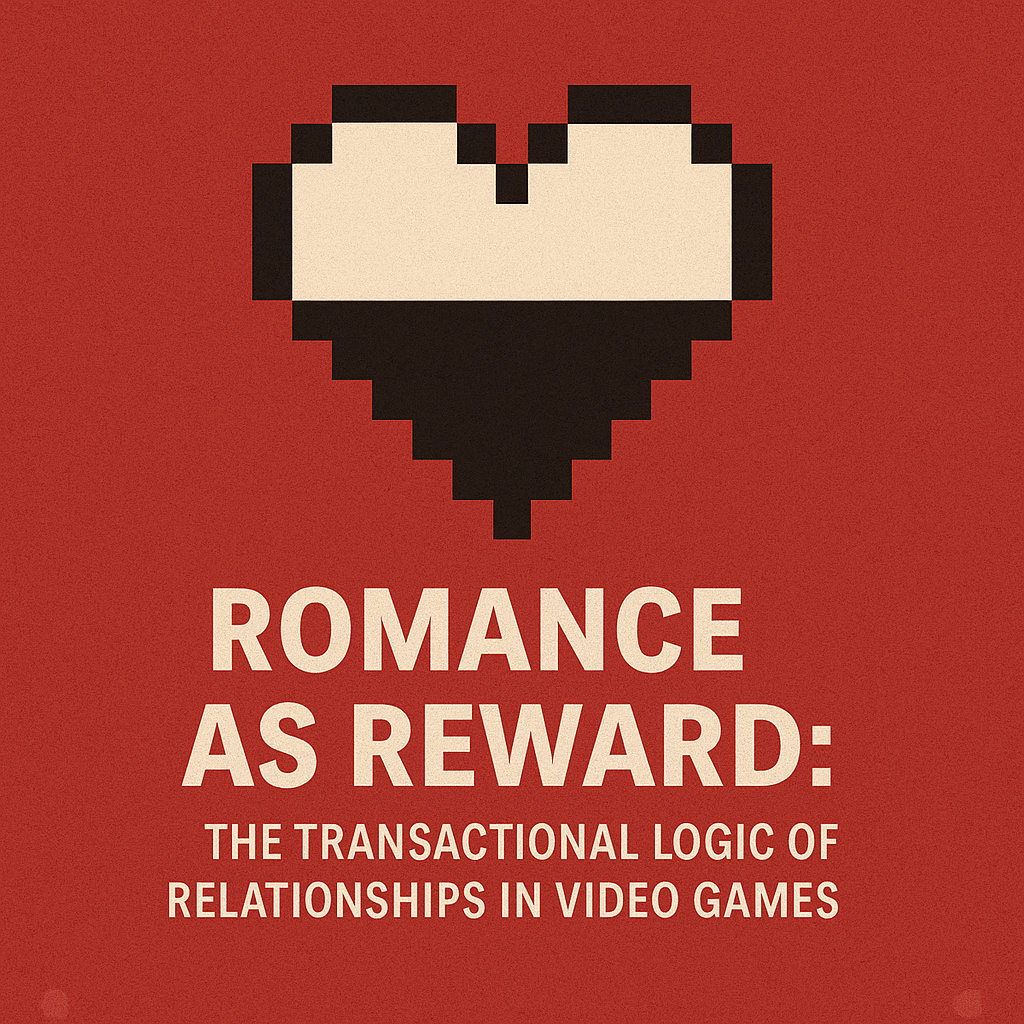So You Think You Can Stream
Live streaming has emerged as one of the defining media practices of the digital age. Platforms such as Twitch, YouTube Live, and TikTok Live have turned individuals into performers, commentators, and community leaders before audiences that may number in the hundreds, thousands, or even millions. Yet the apparent simplicity of “just turning on a camera and talking while playing a game” conceals a remarkably complex set of communicative and cognitive skills. Streamers are not simply chatting idly while they play. They are simultaneously engaging with fast-moving text-based chat, managing platform-specific alerts, maintaining an ongoing spoken commentary, performing a primary activity such as gaming, crafting, or music, and cultivating parasocial relationships with an audience that is both dispersed and intensely present.
This essay explores what it takes to stream effectively from the perspectives of cognitive psychology, social psychology, and discourse analysis. We will examine how streamers manage memory, multitasking, and cognitive load, how they organize conversation when the very notion of a conversational “turn” is destabilized, and how they build social bonds with their audiences despite the asymmetries inherent in the medium.
Neither Conversation Nor Broadcast
At first glance, streaming resembles either a conversation or a broadcast. In practice it is neither, although it borrows features from both. Traditional conversation involves reciprocal turn-taking among a small group of participants who share a temporal and spatial frame. Broadcasting, whether on radio or television, is one-to-many communication with little to no immediate feedback from the audience. Streaming occupies an unusual middle ground.
Discourse analytic work shows that streamers weave together monologic commentary with dialogic moments that draw on audience contributions. A streamer narrates their play, jokes about events on screen, and describes their actions. At the same time they pull in questions or comments from the scrolling chat, treating those text fragments as conversational turns. Platform features such as donation alerts or subscriber notifications act as push events that demand acknowledgment. This creates a patterned cycle: commentary, chat uptake, alert acknowledgment, and return to commentary. The cycle is sustained for hours, with the streamer as the only audible voice yet constantly responding to others.
From a cognitive standpoint this mixture places continuous demands on working memory. The streamer must retain the thread of their own commentary while scanning for relevant contributions in chat and integrating them seamlessly. Unlike a conversation in which pauses can be negotiated, the streamer’s spoken floor is continuous, and silence is often perceived as failure.
Cross-Modal Turn-Taking
One of the most distinctive features of streaming is how it reorganizes the basic unit of human conversation: the turn. Normally turns are spoken and exchanged within a few seconds. In live streaming, turns may originate as written chat lines that the streamer selectively reads aloud. When this occurs, the written comment is elevated into the spoken interaction, functioning as a topicalizer. Suddenly the streamer and the audience are oriented toward a single theme, whether it be a question about strategy, a joke, or a request.
Donation alerts introduce an additional wrinkle. These are automatically generated on-screen and spoken aloud by synthetic voices or highlighted with sound cues. The streamer is expected to acknowledge them verbally, treating them as privileged turns. The fact that money is attached transforms the social contract. Streamers must remember to integrate these alerts into the ongoing flow, often interrupting themselves mid-thought to thank the donor or answer their question. This adds to the burden of task switching and sustained attention.
Cognitively, the process of integrating chat and alerts into spoken commentary is an exercise in cross-modal coordination. The brain must move rapidly between reading text, producing speech, monitoring visual gameplay, and listening to system cues. Studies of cognitive load suggest that juggling inputs across modalities is particularly demanding, as it taxes both the central executive of working memory and the attentional control systems. For successful streamers, practice may develop automaticity, but the mental effort remains substantial.
Scaling the Conversation
Streaming does not look the same when there are twenty viewers compared to twenty thousand. At small scales, the interaction feels conversational. A streamer can realistically address most questions in chat, creating a sense of intimacy. Viewers may feel they are in a small group conversation with the streamer as the central figure.
As numbers rise, the style necessarily shifts. The flood of chat lines becomes impossible to read in real time. The streamer adopts a style closer to stadium address, speaking to the crowd at large while dipping into the chat opportunistically. To maintain a sense of back-and-forth, streamers use moderators, automated tools, or rituals such as greeting subscribers by name. These strategies give the illusion of reciprocity even when most messages go unnoticed.
From the perspective of cognitive psychology, scaling introduces a problem of selective attention. Human attention is limited, and as the stimulus stream grows denser, the streamer must filter aggressively. They rely on heuristics such as attending to highlighted messages, donation alerts, or comments from familiar usernames. This kind of selective attention can be cognitively fatiguing, particularly across multi-hour sessions. Streamers may experience attentional narrowing, focusing only on certain cues and potentially missing valuable signals.
The One-and-a-Half-Sided Relationship
An important question is how audiences experience this peculiar form of interaction. Classic theories of parasocial relationships described the one-sided bonds viewers feel with television or radio personalities. Live streaming complicates this. Because streamers do respond to chat, but only selectively, viewers often experience what has been termed a one-and-a-half-sided relationship. It is not entirely one-way, because there is the possibility of being noticed and responded to. Yet it is not a true two-way relationship, because the interaction is unevenly distributed and structurally asymmetrical.
From a social psychological standpoint, this produces powerful feelings of intimacy and belonging. When a viewer hears their comment read aloud, the gratification is immense. This reinforces continued participation and fosters loyalty. The intermittent nature of the recognition functions like a variable reward schedule, which is known to sustain behavior more powerfully than predictable rewards.
For the streamer, this asymmetry must be managed carefully. They must maintain the illusion of accessibility without overcommitting themselves. The skill lies in balancing personal responses with broad address, cultivating a sense of community while preserving the hierarchy that places the streamer at the center.
Multiactivity as a Core Skill
Perhaps the most striking element of streaming is the sheer multiactivity involved. A streamer is not merely speaking. They are playing a game, manipulating tools, or producing crafts while maintaining continuous commentary. They are glancing at a second monitor for chat, listening for alerts, and orienting their gaze toward the camera to acknowledge the audience.
Conversation analysts studying streaming have shown how streamers suspend and resume activities in order to manage priorities. For instance, a streamer may pause mid-game to address a donation, then return to the task while signaling that they are resuming. These transitions are carefully choreographed to prevent disorientation.
Cognitive psychology provides a lens for understanding the difficulty. Multitasking is rarely true parallel processing. Instead it involves rapid switching of attention, which incurs costs each time. The more tasks differ in modality or complexity, the higher the switching costs. Streamers must therefore become adept at minimizing these costs by routinizing certain behaviors and offloading memory demands onto external aids such as chatbots or moderators.
Working memory capacity becomes a critical bottleneck. The streamer must hold in mind what they are doing in the primary task, what they are saying, what they plan to say next, and what items in chat require acknowledgment. The constant management of this limited capacity can explain the fatigue many streamers report after long sessions.
Cognitive Load and Performance
Cognitive load theory suggests that working memory has limited capacity for processing new information. High load impairs learning and performance, whereas manageable load allows efficient functioning. Streaming is inherently high load because it combines intrinsic demands (playing a complex game or producing music), extraneous demands (managing platform mechanics), and germane demands (building social connection).
Effective streamers use strategies to reduce load. They may specialize in games they know well, freeing cognitive resources for commentary. They may use moderators to filter chat. They may adopt catchphrases or ritualized responses that reduce the need to generate novel speech under pressure. These strategies can be seen as forms of cognitive offloading that preserve bandwidth for the most important functions.
Streaming can thus be understood as a form of expertise. Novice streamers often find themselves overwhelmed, falling silent or losing track of both game and chat. Experts develop schemas that automate many of the processes, allowing smoother integration. Nevertheless, even experts are vulnerable to overload when unexpected events occur, such as a sudden influx of viewers or technical glitches.
The Social Performance of Attention
Attention in streaming is not only cognitive but also social. Viewers watch to see how the streamer allocates attention. A glance to the camera, the reading of a username, or a laugh at a chat joke signals recognition. These small acknowledgments create the sense that the audience matters. The management of attention thus becomes part of the performance.
This has consequences for the psychology of both parties. Streamers experience attentional stress, constantly pulled in multiple directions. Viewers experience attentional reward, delighted when recognized. The asymmetry fuels the unique social dynamic of streaming, which differs from both traditional media and face-to-face conversation.
Memory and Continuity
Streaming sessions can last many hours, sometimes extending over days in the case of marathon events. This raises issues of memory and continuity. Streamers are expected to remember ongoing jokes, narrative arcs in games, and personal details about regular viewers. Remembering that a returning chatter recently started a new job or had a birthday can greatly enhance loyalty.
These memory feats rely not only on individual recall but on distributed memory. Moderators may remind the streamer of past events. Chat itself functions as a kind of external memory, with viewers collectively recalling running jokes. Nevertheless, the expectation that the streamer will personally remember details places additional cognitive burden. It also exemplifies how social and cognitive dimensions of streaming intertwine.
Simply PUt: The Hidden Demands of Streaming
To an outside observer, streaming may look like casual play with a microphone. In reality it is a cognitively demanding, socially complex, and communicatively innovative practice. Streamers must manage working memory, multitasking, and cognitive load. They must orchestrate a hybrid discourse that fuses monologue, dialogue, and broadcast elements. They must build parasocial relationships that are simultaneously intimate and asymmetrical. They must signal attention, remember details, and maintain performance for hours at a time.
“So you think you can stream” is not simply a provocation. It is a reminder that behind the apparent informality lies a skillset combining cognitive control, social intuition, and communicative dexterity. Streaming is not only a form of entertainment but a rich site for studying how humans adapt their psychological and linguistic resources to new technological environments. In its mix of speech, text, performance, and attention management, it offers a living laboratory for cognitive and social psychology, revealing both the capacities and the limits of the human mind in the digital age.










